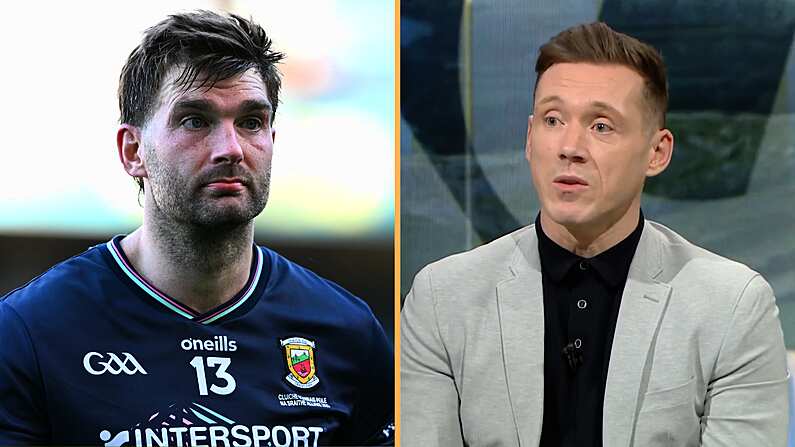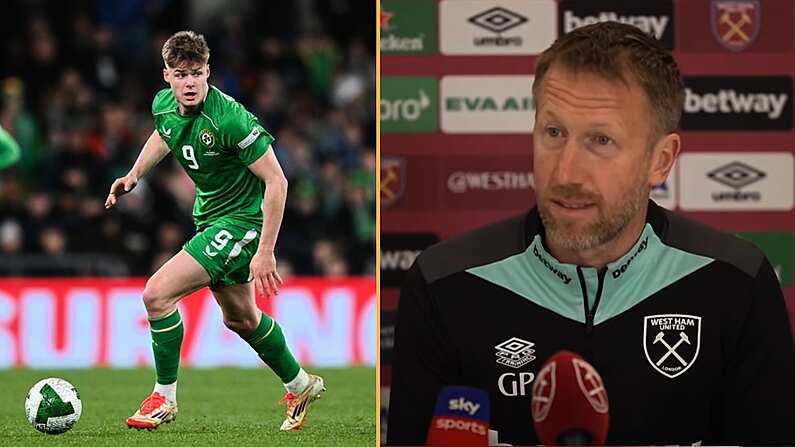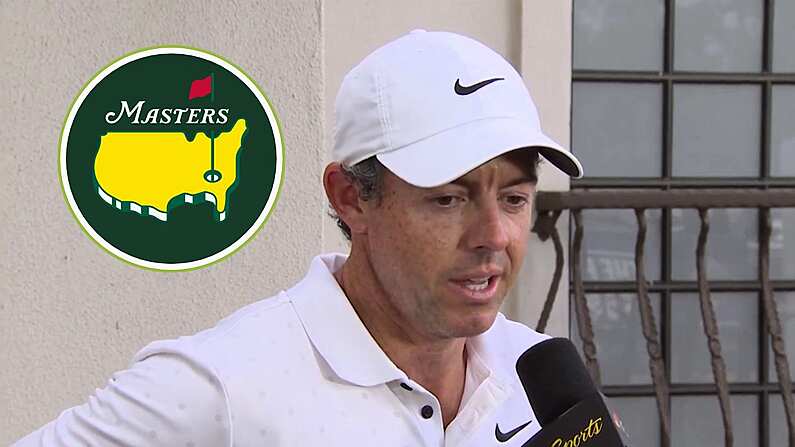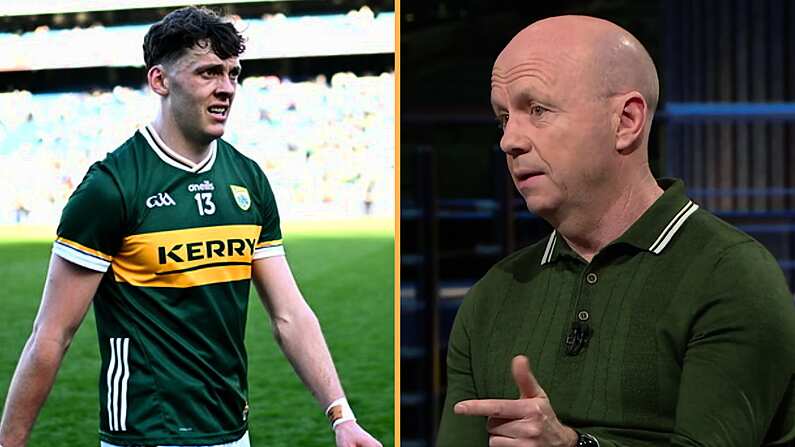Having gotten comfortable with FIFA 18, a game with noticeable changes in several areas from last year, in the time since it's release it is already clear to see what aspects of the game are important for getting consistent wins.
The defending in particular is very different and has caught a number of players off guard who are being punished for trying to use their FIFA 17 methods, and with changes to crossing and long-range shooting, it is not uncommon to find yourself in a goalfest on Ultimate Team
Custom Tactics are still a massively underrated aspect of online play, as if the default settings are not tailored to suit your skills you are putting yourself at a disadvantage before you even start.
We at Balls.ie have played around with a number of different setups based on what we felt would work to play quick passing football high up the pitch and move to kill counter attacks before they can start.
Build Up Play:
Speed:
This dictates the pace with which your players get forward. FIFA 18 is a faster game by its nature so we've turned this one down a bit compared to last year, anywhere between 60 and 65 feels good.
Passing:
The passing tactic determins the length at which passing options make themselves available. Around 30 sees your players coming towards the ball carrier, and 70ish sees them move for it. 55 is a nice blend of both, and allows for a mix of one-touch and driven passes.
Positioning:
Organised is key when linking passes so that you know where your players are going to be. Free Form would result in strikers drifting wide and full backs roaming, not good for the high line we will use.
Chance Creation:
Passing:
Passing in the Chance Creation section determines how your players look to receive a pass. Low stats here is for longer passing, whereas high stats are best for pinging it about. Another element we've toned down, 60 is ideal with a formation that has numbers in midfield.
Crossing:
With the addition of the lobbed cross, players are having a lot more success with crosses in FIFA 18, but as wide formations are quite popular there is no need to apply more than 45 allowing you to move out wide rather than have your winger pushed out.
Shooting:
This relates to how your attackers position themselves around the box, and a higher number means they will look to get into a shooting position earlier. 60 is appropriate as you'll need to be patient against teams with a lot of players behind the ball.
Positioning:
Free Form should only be used with good teams, that have full backs who are capable of joining the attack, such as Real Madrid with Marcelo, or Bayern Munich with David Alaba, because you'll find that players swap positions and worry less about getting back in position. Not a great idea with lower rated players, but ultimately results in faster play. We recommend organised.
Defence:
Pressure:
Pressure in this instance relates to how high up the pitch your backline will pressure the opponent. 30 would see your back four on the edge of your own box, but we want to dominate our opponent, so 55 is up around the half-way line. Any higher is a bit mental. We want a high line of 60 to win back the ball as soon as possible.
Aggression:
The tactic that determines how your players hunt the ball, which is what we see when playing a high-pressure defence. A balanced 50 works well with the high line so as not to leave holes in behind, but 55 works that bit better with a higher line.
Team Width:
No need to change this if you are happy with the formation, but if you notice a lack of width or midfielders getting isolated you can adjust accordingly.
Defender Line:
Cover is essential to have the AI automatically make players fill in the gaps when someone goes roaming. This is important if you are going to play Free Form positioning especially, otherwise they'll just wander off and leave a gap.










